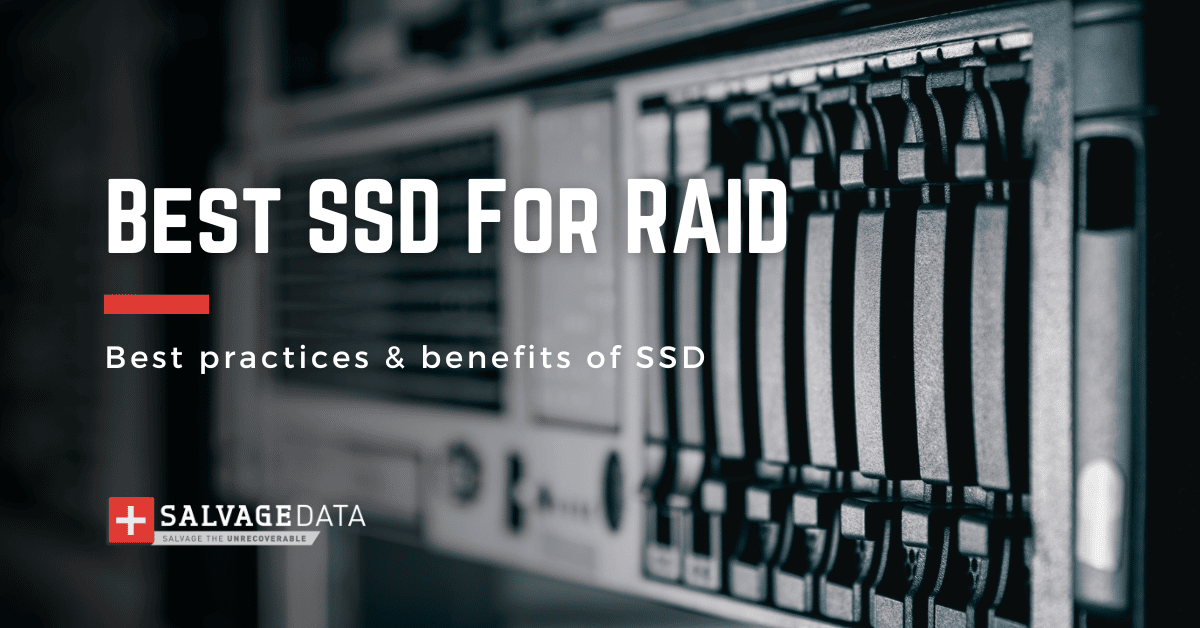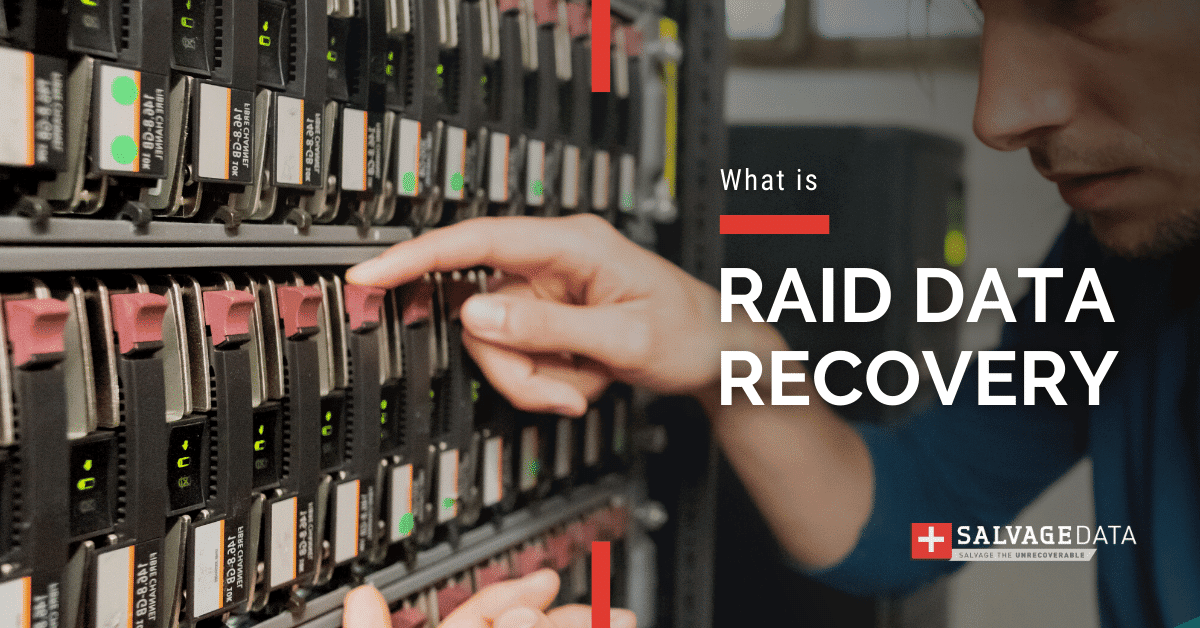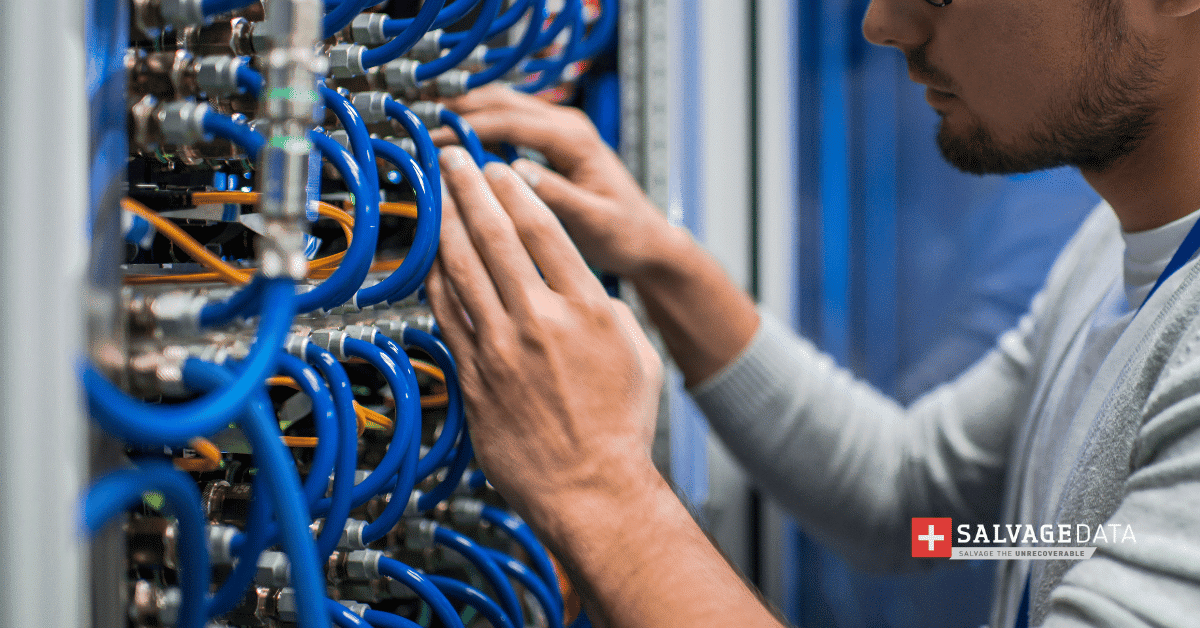Recent Articles
How To Recover Overwritten Files
The Snowflake Data Breach: A Comprehensive Overview
Mac Not Recognizing External Hard Drive: Quick Fix Solutions
How Multi-Cloud Backup Solutions Can Prevent Data Disasters
Capibara Ransomware: What is it & How to Remove
What Should a Company Do After a Data Breach: The Ticketmaster Incident
Secles Ransomware: Removal Guide
What To Do When Your Chromebook Freezes
How to Create Hyper-V Backup
What Is The Best Data Recovery Software For PC

I think there's an issue with my storage device, but I'm not sure Start a free evaluation →
I need help getting my data back right now Call now (800) 972-3282
When it comes to storage technology for your business, you may be wondering if an SSD RAID is the best option. And, as a good manager, before changing your entire system, you’re looking for information and details about the benefits of using a RAID with SSDs and see if it’s worth setting up an SSD RAID. In this article, we present how to use an SSD RAID as your company’s storage system and how you can find the best SSD for RAID.
The best solid-state drive for RAID is not necessarily the most expensive or the newest model on the market. In general, any modern SSD will offer good performance for a RAID array. The key is to choose an SSD with a good read-and-write speed and reliability.
TOP SUMMARY: By taking the time to choose the best SSDs for your needs and following best practices, you can ensure that your data is well-protected and that your business can take advantage of the benefits of using a RAID array.
How to choose the best SSD for RAID
By taking the time to choose the best SSDs for your needs, you can ensure that your data is well-protected and that your business can take advantage of the benefits of using a RAID array.
Speed
When it comes to speed, the SATA III interface is currently the best option available.
With a maximum transfer rate of 600MB/s, it provides enough bandwidth for even the most demanding applications.
If you are looking for even higher speeds, you can consider using an NVMe SSD. These devices use PCI Express lanes instead of a SATA connection and can offer transfer speeds of up to 3500MB/s.
However, they are more expensive than SATA SSDs and are not compatible with all motherboards. Therefore, check compatibility connections before investing in NVMe SSD.
Reliability
Reliability is also an important factor to consider when choosing an SSD for RAID.
All SSDs will eventually fail, but some are more reliable than others.
To find out how reliable an SSD is, you can look at its mean time between failures (MTBF) rating. This is the average amount of time that a driver can operate without failing and is typically expressed in hours. The higher the MTBF rating, the more reliable the drive is likely to be.
You can also check for the disk total terabyte write (TBW), which indicates the total amount of terabytes of data that an SSD can write in its lifetime.
Manufacturer warranty covers
No matter which SSD you choose for your RAID array, you should make sure that it comes with a good warranty from the manufacturer. This will give you peace of mind in knowing that if something does go wrong, you will be covered.
Check how long the warranty lasts and also the type of damage that it covers.
| Size | Read/Write Speed |
TBW | Warranty | |
|---|---|---|---|---|
| Western Digital Red | 500GB 1TB 2TB 41TB |
530MB/s 560MB/s |
350 600 1300 2500 |
5 years |
| Seagate IronWolf | 250GB 500GB 1TB 2TB 41TB |
540MB/s 560MB/s |
300 700 1400 2800 5600 |
5 years |
| Western Digital Blue | 250GB 500GB 1TB 2TB 41TB |
525MB/s 550MB/s |
100 200 400 500 600 |
5 years |













